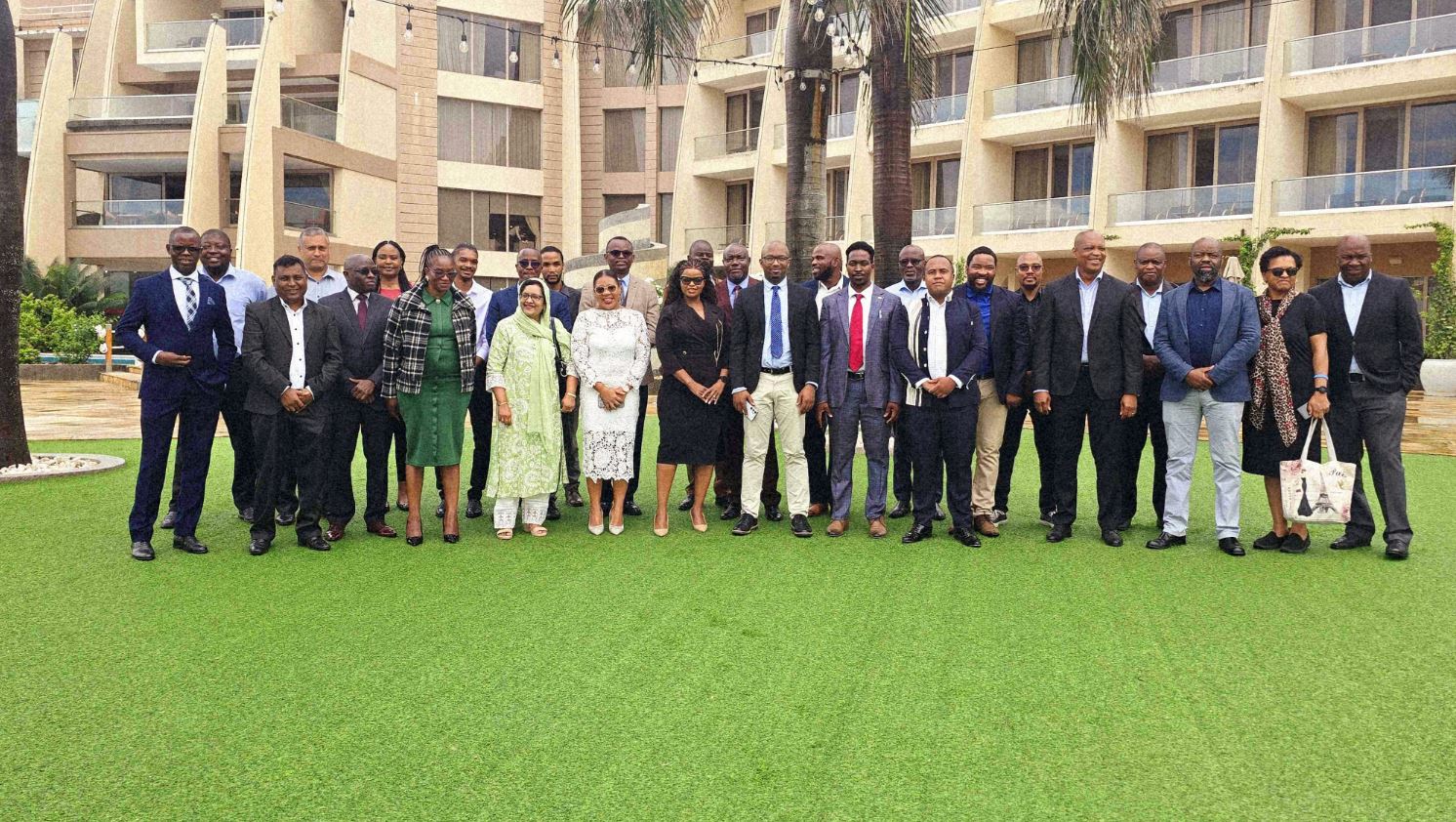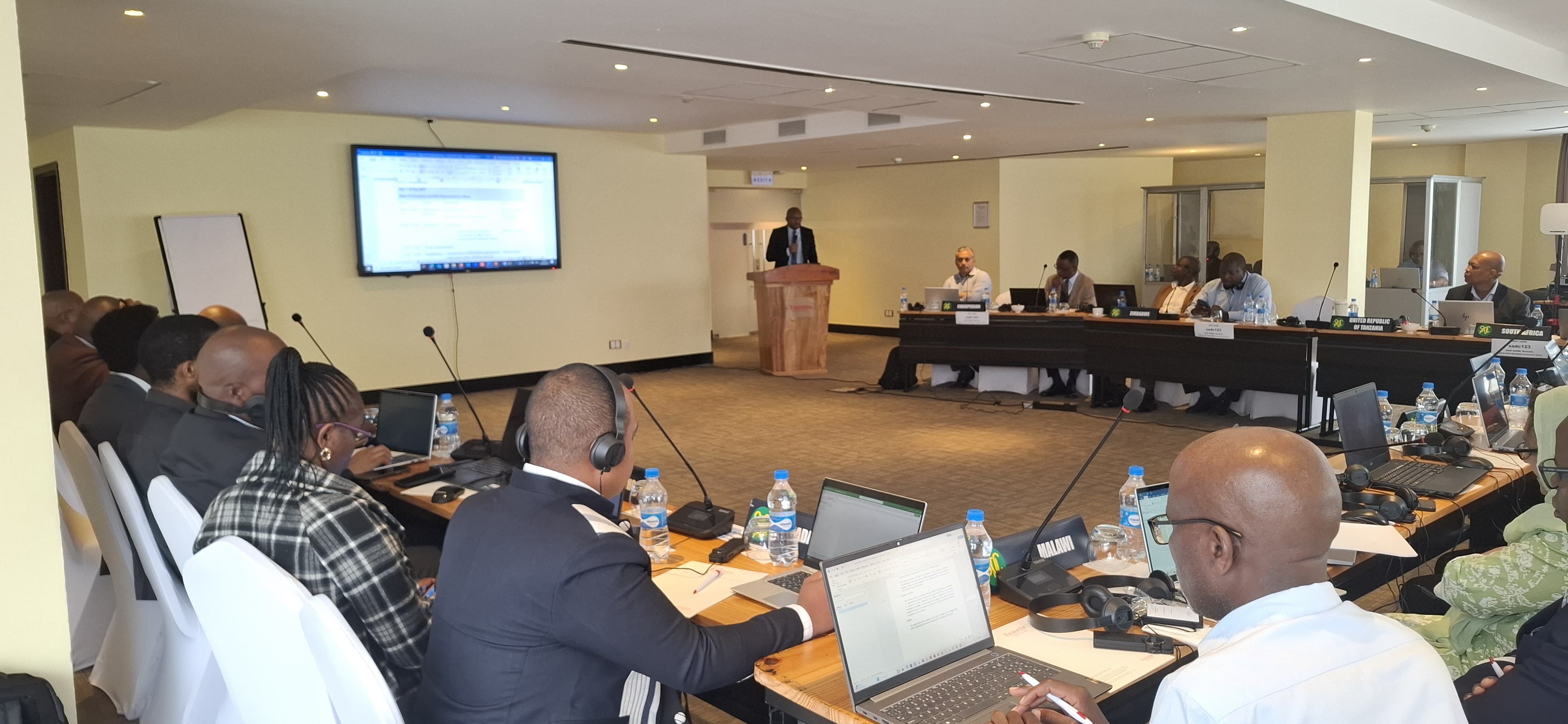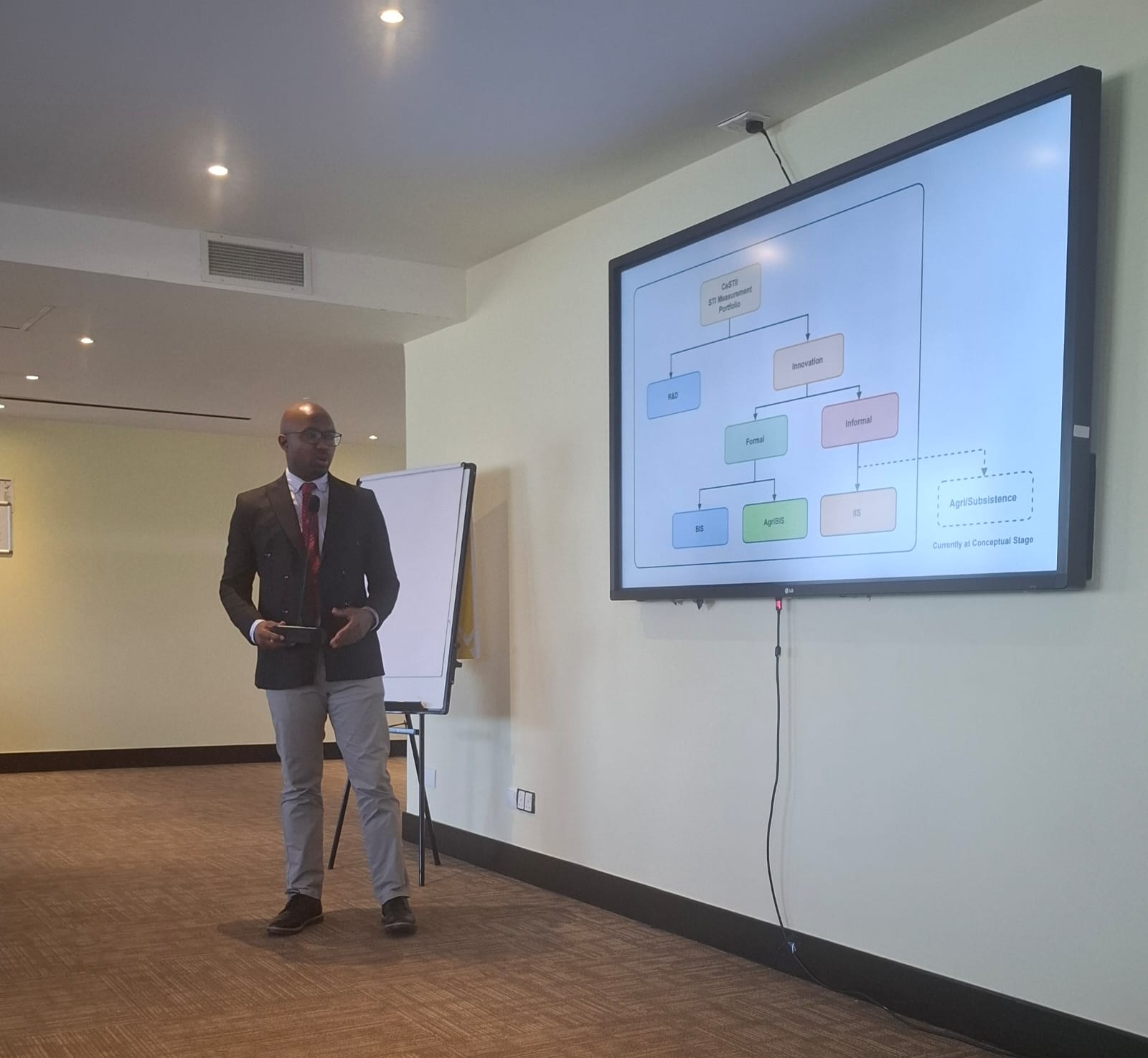Innovation Measurement in Africa: Reflections from the SADC Workshop

In May 2025, I participated in a capacity building workshop in Tanzania, where delegates (statisticians, policymakers, researchers, and science officials) from across the Southern African Development Community (SADC) region all gathered in Dar es Salaam to talk about something that doesn’t often grab headlines: Science, Technology and Innovation (STI) Measurement. In this article, I reflect on what I learned about building STI measurement capacity in Africa.
It was great to be back in one of my favourite countries in Africa, Tanzania, to represent South Africa, more specifically the work we do at the Centre for Science, Technology and Innovation Indicators (CeSTII). Our task was to share what we’ve learned from years of conducting Science, Technology and Innovation (STI) measurement research in South Africa.
What I came away with was more than a sense of pride in how far we’ve come as a country but I also left with a deepened awareness of the difficult measurement challenges and gaps we’re facing as a region and as a continent.

What struck me first was how vastly different the STI measurement research landscape is in the SADC region. As a country, South Africa has over the years established strong STI measurement capabilities. However, most countries in the region, are still grappling with defining measurement indicators that are relevant to their own contextual realities. Some countries have tried but have been stalled by structural challenges such as budget cuts, lack of experts, or what I call political "inertia". In other words, lack of political will to fund STI measurement research as well as the difficulty of demonstrating/realising the immediate value of STI measurement research to decision-makers.
And yet, the conversations were not defined by despair. On the contrary, they were marked by a kind of stubborn hopefulness. I sensed that most delegates representing most countries in the room were fully committed and enthusiastic about this work because they understood its necessity as well as why it matters.

Nevertheless, my presentation focused mostly on South Africa’s experience in measuring innovation to inform evidence based policy making. Normally, i like to start from first principles by discussing why innovation measurement is necessary, and then move on to show in practice how we've done it at CeSTII in the last 20 years.
Without a solid conceptual foundation, it’s difficult to develop relevant instruments or justify funding the research in the first place.
I spent sometime also showing why we take our engagements with stakeholders across government, academia, and business very seriously and how this is necessary for the long term success of innovation measurement. I showed how we’ve used policy briefs, media articles, and targeted dissemination to get our data into the hands of those who need it.
But we were also honest about our challenges. For example, the time it took to build the capabilities, the trust in the data from our stakeholders, the methodological challenges we faced, and the learning curves we’re still on even today. We were not there to claim technical superiority, but to share and invite others to take what we’ve learned and adapt it to their own realities, with the hope that as a region we can all move along together with no countries left behind.

If there was one consistent thread in Dar es Salaam, it was this: innovation already exists in our economies, our farms, and our informal settlements. What’s missing is not innovation itself, but the visibility of innovation. The ability to measure it, recognise it, and leverage it.
One thing that came up repeatedly in side conversations was the issue of conceptual clarity. Measuring innovation is not like counting beans. It requires a shared understanding of what innovation is, how it shows up in different contexts, and what kinds of indicators can meaningfully capture it.
In my humble opinion, this is where many countries are still struggling not only in the SADC region, but in most African countries. Without a solid conceptual foundation, it’s difficult to develop relevant instruments or justify funding the exercise in the first place. And even when surveys are conducted, the real work, i.e. analysing the data, interpreting it in context, and presenting it in ways that influence policy, often falls through the cracks.
The second issue is the top-down vs. bottom-up dilemma.
Most countries are still grappling with defining measurement indicators that are relevant to their own contextual realities.
It’s easy to say that governments in the SADC region or in Africa as a whole, should invest more in STI measurement. And they should. But what became increasingly clear during the workshop is that the momentum also has to come from the bottom up. Policy support follows when there is a visible product: a report that answers a national priority, an insight that feeds into a development plan, or even a well-timed infographic that lands on a parliamentary portfolio committee's desk.
This problem raises a peculiar paradox. In order to secure long-term support from politicians, researchers often have to produce the first results with limited support. It requires a lot of hard work and sacrifice of researchers on the ground, willing to work under the radar until policymakers are able to realise the value of the data and insights.
There are no comments yet on this post. Be the first to comment!
Leave a Comment
Subscribe To My Weekly Newsletter.
Stay updated on the latest insights in innovation, data science, and digital transformation. Subscribe to receive valuable content, industry trends, and actionable strategies delivered straight to your inbox.
Subscribe